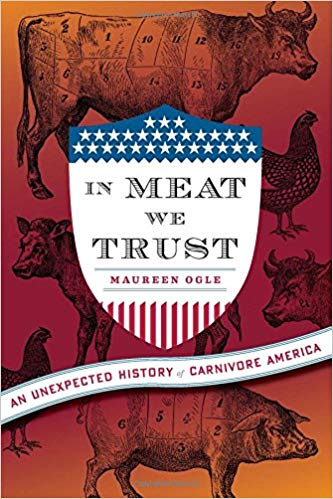During the 1880s and 1890s, four firms headquartered in Chicago would come to directly and indirectly control most of the United States’ beef. They did so by pushing the social and environmental costs of meat production onto ranchers and farmers, allowing the meatpackers to both increase profits and lower consumer prices. Over time, every part of American food production became organized around a logic of relentless price-cutting.
This was incredibly successful — by 1900, it made cheap and abundant meat the norm for all Americans. But it also made it hard to address the negative impacts of this system of food production; prices had become so low that processors could rightfully argue that any reform would increase prices, hurting consumers…
When ranchers, local butchers and slaughterhouse workers tried to fight back, the meatpackers mounted an ingenious defense…
In the new world of centralized meatpacking, it was only through the meatpackers’ efforts that regular fresh beef consumption could spread to the “artisans and laborers of the east and north.” [The industry positioned itself] as champions of the people…Reformers were forced to concede that their proposals would increase prices…
Today, reformers find themselves in the same situation as these small-town butchers. There are very real ways to mitigate the effects of beef production on climate change, but they will raise costs.
See “Hamburgers Have Been Conscripted Into the Fight Over the Green New Deal” by Joshua Specht on the Time website (2019)






